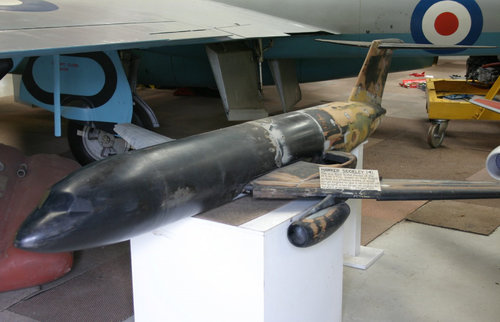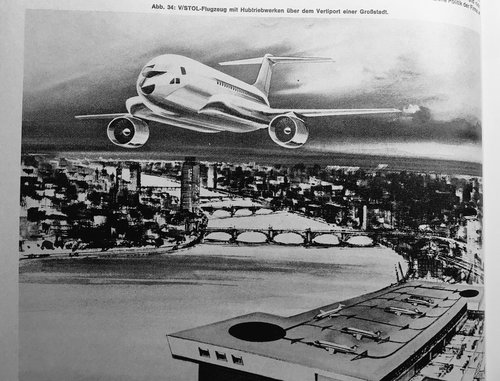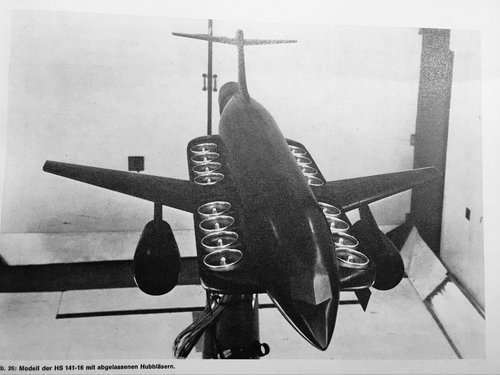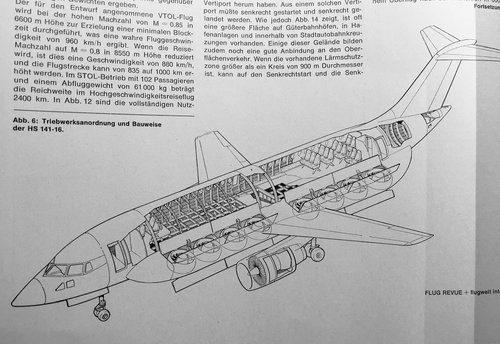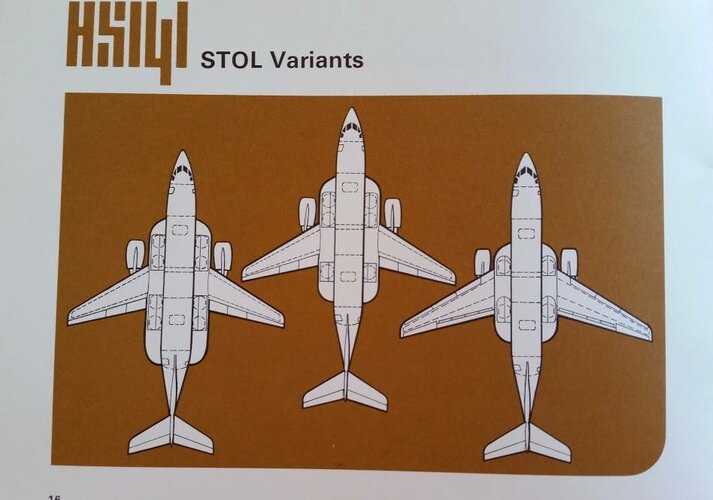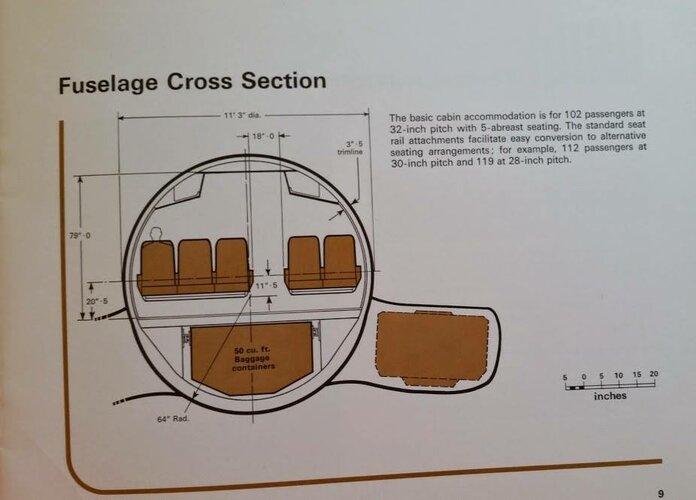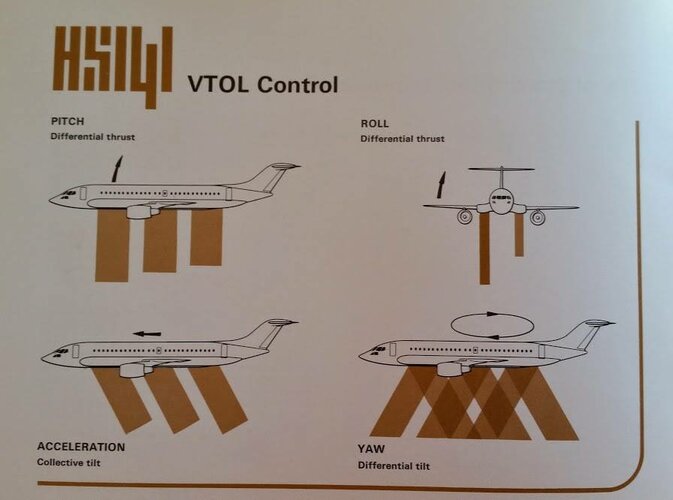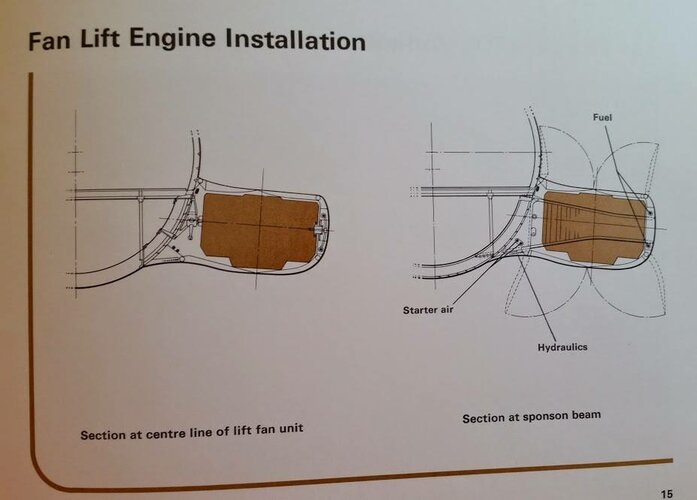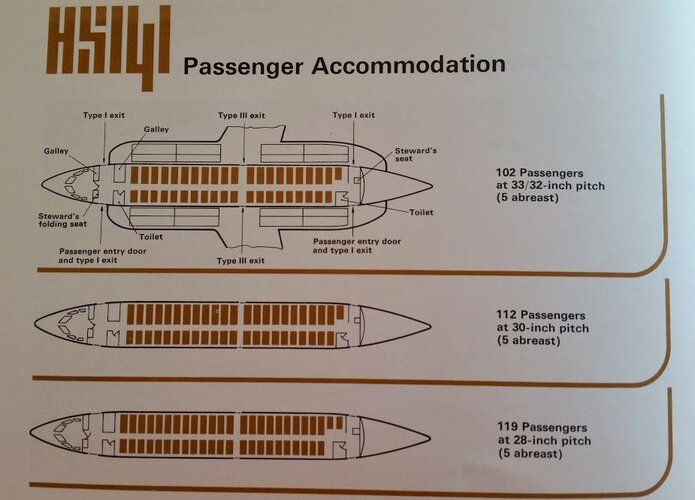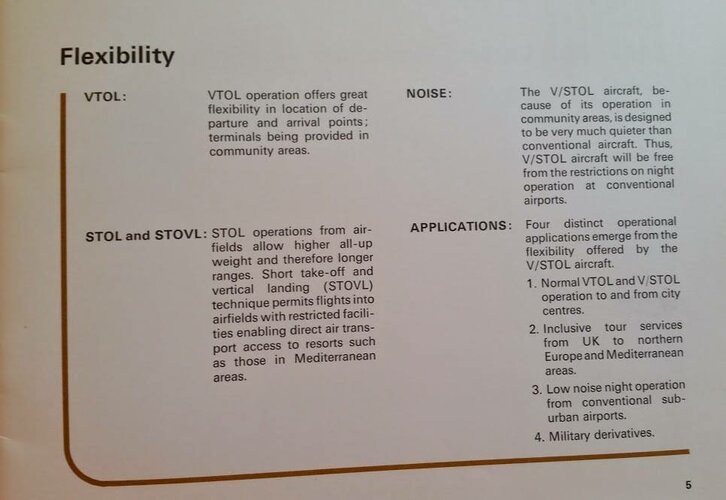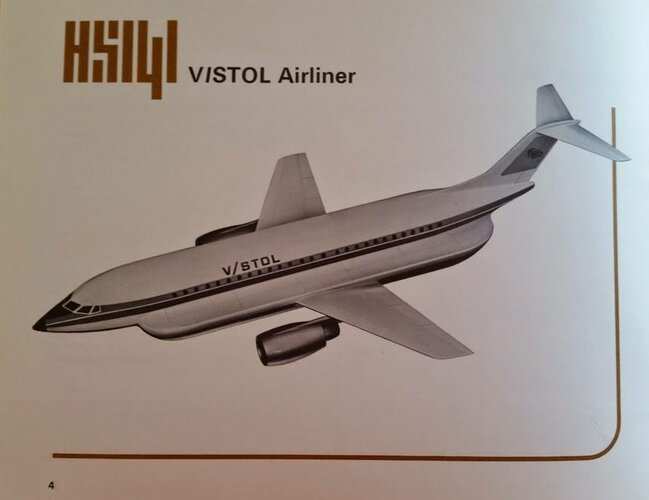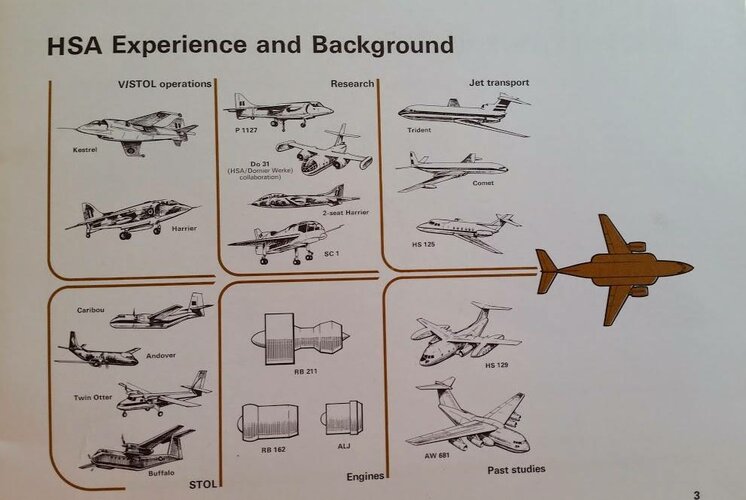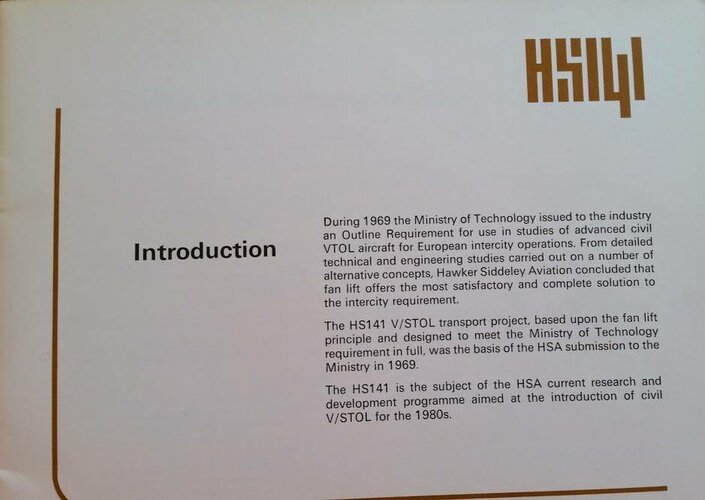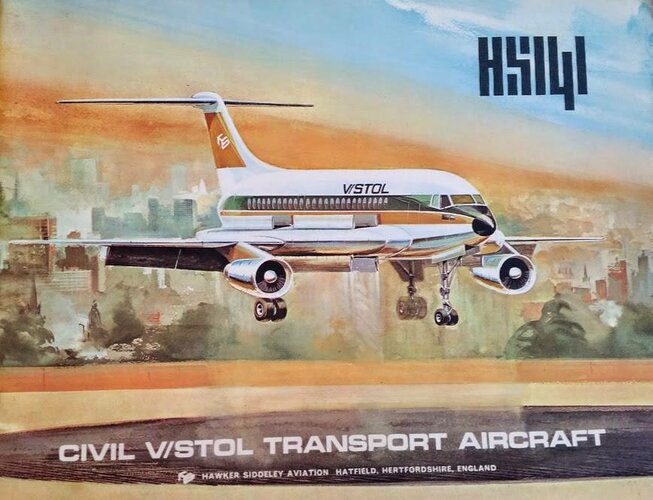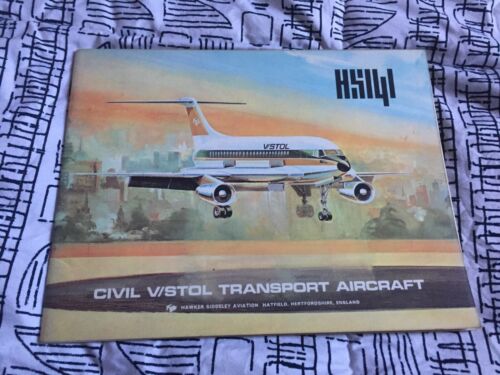My Father is David Kent and searching through his old paperwork I have come across quite a bit of documentation regarding the HS140/141 project including drawings and a few photos. I am arranging to take the items to Brooklands Museum this month so they can reside in the Hawker Siddeley archive.The Hs 140 and 141 were schemed in the 'Research & Future Projects Dept' at Hatfield headed by Derek Brown. The model with the ogival wing was the HS 133 I believe. I don't remember the twin fins but a powered wind tunnel model existed using small Dowty fans (about 3").
Charles Bradbury's HS 140 was schemed by David Kent. The wind tunnel model used the same 6" fan that was used in the HS 141 model (x16). David Kent later worked on Ian C-Miles' business jet ('Leopard' I think) post HS.
The large scale HS 141 wind tunnel model was developed by John Holmes-Walker who ran the powerplant group within the office. Major parts of the model were manufactured at HS Brough in the model shop. If you are interested, more later.
As far as my Dad's work is concerned he worked on several Light Aircraft designs and projects after leaving HS at Hatfield including the Optica for which he won a Design Council Award, the Nash Peterel and designed and built the CMC Leopard as mentioned above from a workshop in Dilton Marsh, Wiltshire.
Mike Kent 02/09/2019
Last edited by a moderator:


